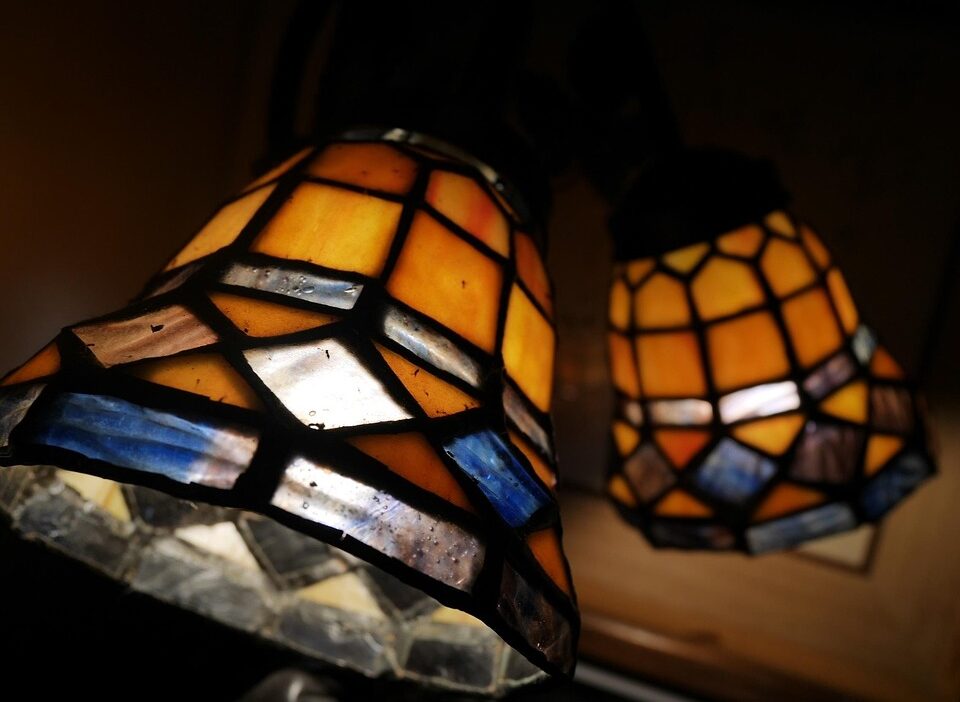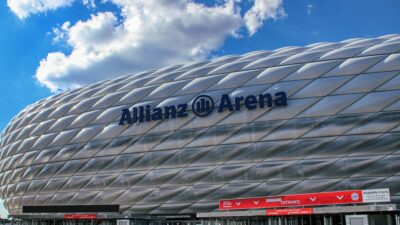In the world of retail, the competition for consumer attention is fiercer than ever. While product quality and pricing are undeniably significant, the element that often secures the first impression and influences purchasing decisions is packaging. The power of packaging goes beyond mere functionality; it encapsulates brand identity, creates emotional connections, and can significantly boost sales. Let’s explore how well-designed packaging can transform merchandise into a must-have item.
The First Impression is Everything
The adage "you never get a second chance to make a first impression" is especially relevant in retail. Packaging is usually the first point of contact between consumers and products, making it a critical element in guiding their buying decisions. According to various studies, a substantial percentage of consumers admit to making snap judgments based solely on packaging.
Visual Appeal: Eye-catching designs that incorporate colors, shapes, and typography relevant to the brand can attract consumers’ attention amidst a crowded shelf. For instance, a minimalist design may convey sophistication and modernity, while vibrant colors might indicate fun and excitement.
Brand Storytelling: Packaging serves as a canvas to communicate a brand’s narrative. Through striking graphics and strategic messaging, brands can encapsulate their story, values, and mission. For example, eco-friendly brands often use recycled materials and earthy tones to reflect their commitment to sustainability, which resonates with environmentally conscious consumers.
Emotional Connections
Effective packaging often taps into consumers’ emotions, making them not just buyers, but advocates. When consumers feel a connection to a product, they are more likely to make a purchase and share their experiences with others. This emotional trigger is crucial, as it can lead to brand loyalty and repeat purchasing.
Nostalgia: Some brands use packaging to evoke nostalgia, reminding consumers of their childhood or special moments. For example, limited edition products with retro designs pique curiosity and create a sense of urgency among consumers longing for that emotional connection.
Personalization: Customizable packaging has become increasingly popular. Brands that allow consumers to add their names or personalized messages create an intimate bond. This sense of ownership not only boosts sales but also enhances customer satisfaction.
Functional Design
While aesthetics are important, packaging must also be functional. A well-designed package facilitates easier use and adds value to the product. This can be particularly significant for consumables or tech products where utility is paramount.
Convenience: Features like resealable bags, easy-pour spouts, or disposable options can significantly enhance user experience. Apple, for example, designs its packaging to provide a sense of luxury and excitement, while also ensuring that the unboxing experience is seamless and satisfying.
Protection: Good packaging safeguards products during transportation and while on shelves, preventing damage and ensuring that what the consumer purchases is exactly what they expect. In the beauty industry, for instance, protective packaging that also looks good can elevate the whole experience.
The Role of Sustainability
In recent years, sustainability has emerged as a major consideration in packaging design. Modern consumers are becoming increasingly mindful of their environmental impact, and brands that prioritize eco-friendly packaging can differentiate themselves in the market.
Biodegradable Materials: Companies are moving towards using materials that are both visually appealing and environmentally friendly. For instance, brands like Unilever and Coca-Cola are investing in biodegradable packaging solutions that resonate with their environmentally-conscious audience.
Transparent Claims: Honest communication regarding sourcing and packaging materials can build trust and loyalty among consumers, encouraging them to choose brands that align with their values.
The Impact on Sales
When considering the financial implications, the importance of packaging becomes even clearer. Numerous studies have shown that effective packaging can lead to increased sales. In fact, businesses that invest in packaging design have reported double-digit growth as compared to those that do not.
-
Shelf Impact: Unique packaging can create a more substantial shelf presence, leading to higher visibility and sales.
-
Brand Differentiation: Effective packaging helps brands stand out in a saturated market, making it easier for consumers to remember and recommend products.
- Increased Perceived Value: High-quality packaging can enhance the perceived value of a product, allowing brands to justify higher price points.
Conclusion
The power of packaging extends far beyond mere aesthetics; it plays a crucial role in shaping consumer perceptions, fostering emotional connections, and driving sales. As brands continue to evolve in a competitive marketplace, investing in thoughtful, attractive, and functional packaging design is imperative. By understanding the intricate relationship between packaging and consumer behavior, businesses can unlock unprecedented potential and elevate their merchandise to new heights. In the end, the right packaging can indeed make all the difference.



